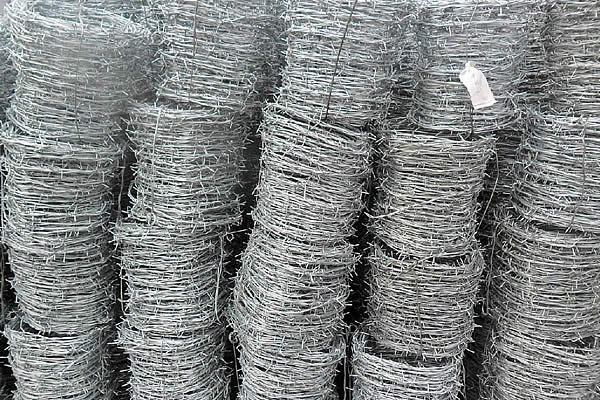 TEL:
+86-13102802206
TEL:
+86-13102802206
 Email:
fencenetting@china.com
Email:
fencenetting@china.com
 Language
Language
 TEL:
+86-13102802206
TEL:
+86-13102802206
 Email:
fencenetting@china.com
Email:
fencenetting@china.com
 Language
Language


Wire Cages for Rock Retaining Walls A Sustainable Solution for Erosion Control
In the realm of civil engineering and landscape architecture, retaining walls play a crucial role in the management of soil and water. One innovative and effective method of constructing these walls involves the use of wire cages, often referred to as gabions, filled with rocks. This technique not only enhances the aesthetic appeal of landscapes but also provides a robust solution to challenges such as erosion and slope stability.
Understanding Wire Cages and Their Functionality
Wire cages are constructed from galvanized steel or other weather-resistant materials that ensure durability and strength. These cages are filled with natural stones, which can vary from small pebbles to larger boulders, depending on the specific design and functional requirements of the retaining wall. The use of wire cages allows the stones to be securely held in place while still facilitating drainage, a vital component in preventing water buildup behind the wall that could lead to structural failure.
Advantages of Using Wire Cages for Retaining Walls
One of the primary benefits of wire cages filled with rock is their environmental compatibility. Unlike traditional retaining walls made from concrete or masonry, which often disrupt natural water flow and ecosystems, gabions allow for permeable surfaces that promote drainage. This permeability helps absorb rainfall and runoff, reducing the risk of erosion and soil displacement.
Furthermore, the use of natural stone in these wire cages integrates seamlessly into the surrounding landscape. The aesthetics of rock-filled gabions can enhance the beauty of parks, gardens, and natural areas, blending harmoniously with the environment. They can also be customized in size and shape to suit various design concepts, making them a versatile option for landscape architects.

Cost-Effectiveness and Sustainability
From a financial perspective, wire cages for rock retaining walls can be more cost-effective than traditional methods. The materials used are often locally sourced, which reduces transportation costs and environmental impact. Additionally, once installed, these walls require minimal maintenance compared to concrete alternatives. This long-term sustainability not only benefits the budget but also aligns with growing environmental concerns in contemporary construction practices.
Installation and Application
Installing wire cages for rock retaining walls involves several key steps. First, a proper site assessment is necessary to evaluate soil conditions and drainage patterns. Next, the foundation is prepared to support the weight of the structure. The wire cages are then positioned and filled with stones, ensuring that they are compacted appropriately to provide stability. The overall process requires careful planning and execution to ensure that the wall meets both functional and aesthetic requirements.
These retaining walls are particularly useful in various applications, including slope stabilization, support for roadways, and as decorative elements in landscape design. They can also serve as effective barriers in erosion-prone areas, protecting nearby properties and habitats.
Conclusion
Wire cages for rock retaining walls offer a practical, sustainable, and visually appealing solution for erosion control and soil management in civil engineering and landscaping projects. Their combination of strength, environmental compatibility, and cost-effectiveness makes them an increasingly popular choice among engineers and architects alike. As the demand for eco-friendly design solutions continues to grow, the use of wire cages filled with rock stands out as a testament to innovation in construction practices, promoting both functionality and harmony with nature.